Home>Gardening & Outdoor>Landscaping Ideas>What To Put On Grass In Winter
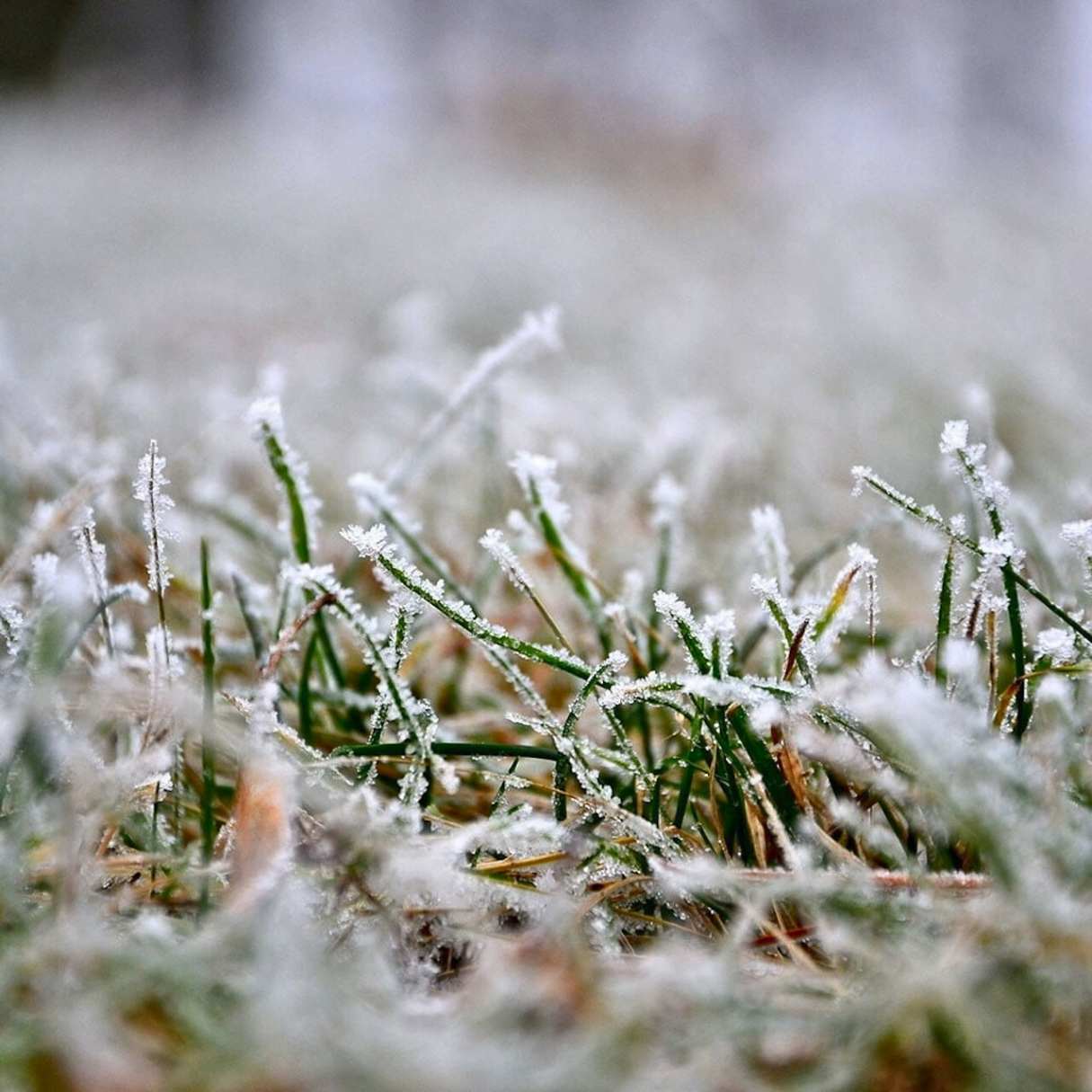

Landscaping Ideas
What To Put On Grass In Winter
Modified: March 25, 2024
Discover effective landscaping ideas for winter grass care. Learn what to put on grass in winter to keep it healthy and vibrant. Explore expert tips and techniques now!
(Many of the links in this article redirect to a specific reviewed product. Your purchase of these products through affiliate links helps to generate commission for Storables.com, at no extra cost. Learn more)
Introduction
Winter can be a challenging time for maintaining a lush and healthy lawn. As the temperature drops and daylight hours diminish, grass often struggles to thrive. However, with the right care and attention, you can ensure that your lawn remains in good condition throughout the winter months, setting the stage for a vibrant revival in the spring.
In this comprehensive guide, we’ll explore various strategies for winter grass care, including the best cover options, fertilization techniques, and pest protection measures. By understanding how to properly care for your lawn during the winter, you can lay the groundwork for a resilient and verdant expanse of grass when the warmer months return.
Let’s dive into the world of winter grass care and discover the best practices for keeping your lawn healthy and vibrant even in the coldest of seasons.
Key Takeaways:
- Protect your grass in winter by overseeding with cool-season grasses, using winter lawn blankets, and applying organic mulch to shield it from harsh weather conditions and promote its health and appearance.
- Fortify your grass for winter by applying a cold-weather fertilizer high in potassium, and protecting it from pests like snow mold and voles through proactive measures such as regular mowing and dethatching.
Read more: What Grass To Plant In Winter
Understanding Winter Grass Care
Winter brings a unique set of challenges for maintaining a healthy lawn. Understanding the specific needs of your grass during this season is crucial for effective care. As the temperatures drop, grass growth slows down, and it becomes more susceptible to damage from frost, foot traffic, and winter pests.
One of the key aspects of winter grass care is to minimize stress on the grass. This can be achieved by avoiding excessive foot traffic on the lawn, as the grass blades, already fragile from the cold, can easily become damaged. Additionally, it’s important to refrain from mowing the grass too short, as longer blades provide better insulation and protection for the grass roots.
Another important consideration is the impact of frost on the grass. Frost can cause the grass blades to become brittle, making them more prone to breakage. To mitigate this, it’s advisable to avoid walking on the grass when frost is present. Furthermore, being mindful of the timing of any lawn care activities, such as aeration or dethatching, is essential to prevent unnecessary stress on the grass during the winter months.
By comprehending the unique vulnerabilities of grass during winter, you can implement targeted strategies to support its health and resilience. The next sections will delve into specific techniques and cover options to protect and nourish your lawn during the colder months.
Winter Grass Cover Options
Providing adequate cover for your grass during the winter months is essential for safeguarding it from harsh weather conditions. There are several effective options to shield your lawn and promote its health during this challenging season.
- Overseeding: Overseeding your lawn with cool-season grasses, such as ryegrass or fescue, can help maintain a green and lush appearance during the winter. These grass varieties are resilient in cooler temperatures and can thrive when warm-season grasses become dormant. By overseeding in the fall, you can ensure continuous coverage and minimize bare spots in your lawn.
- Winter Lawn Blankets: Winter lawn blankets, also known as frost blankets or grass covers, provide a protective layer over the grass, shielding it from frost and harsh winds. These covers are permeable, allowing sunlight, air, and moisture to reach the grass while offering insulation against extreme cold. Additionally, they can prevent rapid temperature fluctuations, which can be detrimental to the grass.
- Mulching: Applying a layer of organic mulch, such as straw or shredded leaves, over the grass can serve as an effective insulator. Mulch helps regulate soil temperature, retain moisture, and protect the grass from freezing temperatures. It also contributes to the overall health of the soil by gradually decomposing and enriching its nutrient content.
Each of these cover options plays a vital role in safeguarding your grass during the winter, ensuring that it remains resilient and prepared for the upcoming spring. By selecting the most suitable cover option for your lawn and implementing it effectively, you can minimize stress on the grass and maintain its vibrancy even in the coldest months.
Consider applying a layer of compost or mulch to your grass in winter to protect it from harsh weather and provide nutrients. This will help the grass stay healthy and green when spring arrives.
Fertilizing Grass in Winter
While grass growth slows down significantly during the winter, providing the right nutrients can bolster its resilience and prepare it for a vigorous resurgence in the spring. Fertilizing your lawn during the winter months can contribute to its overall health and help mitigate the impact of the cold weather.
When selecting a fertilizer for winter application, it’s crucial to opt for a formulation specifically designed for cold-weather conditions. These fertilizers are typically high in potassium, which fortifies the grass against stress and enhances its cold tolerance. Additionally, they contain lower levels of nitrogen, as excessive nitrogen can stimulate new growth, making the grass more vulnerable to frost damage.
Applying a winter fertilizer in late fall, before the onset of sustained cold weather, allows the grass to absorb essential nutrients and fortify its root system. This strengthens the grass, enabling it to endure the winter months more effectively and emerge healthier in the spring.
It’s important to follow the application instructions provided by the fertilizer manufacturer, ensuring that the product is distributed evenly across the lawn. Additionally, watering the lawn after fertilization can aid in the absorption of nutrients and promote their integration into the soil.
By incorporating winter fertilization into your lawn care regimen, you can provide vital support to the grass as it contends with the challenges of the colder months. This proactive approach sets the stage for a robust and vibrant lawn when the warmer weather returns, minimizing the recovery time needed for the grass to regain its lush green appearance.
Protecting Grass from Winter Pests
Winter brings not only cold and frost but also the potential threat of pests that can damage your grass when it’s most vulnerable. Protecting your lawn from winter pests is essential for maintaining its health and ensuring a strong start in the spring. Understanding the types of pests that pose a risk during the colder months and implementing preventative measures is key to safeguarding your grass.
One common winter pest is the snow mold fungus, which thrives in cold, wet conditions. Snow mold can appear as fuzzy, pink or gray patches on the grass and is often found in areas where snow cover persists for an extended period. To prevent snow mold, it’s important to ensure that the grass is not excessively long before the arrival of snow, as longer grass provides an ideal environment for the fungus to develop. Additionally, minimizing thatch buildup through regular dethatching can help reduce the risk of snow mold.
Another potential threat is voles, small rodents that can cause damage to grass by creating runways and feeding on the roots. To deter voles, maintaining a well-groomed lawn with shorter grass can make the environment less appealing to these pests. Additionally, removing excess thatch and debris where voles can seek shelter can help minimize their presence.
Implementing proper lawn care practices, such as regular mowing, aeration, and dethatching, can contribute to creating an environment that is less hospitable to winter pests. Furthermore, maintaining good soil drainage and ensuring proper air circulation around the grass can help mitigate the conditions that favor pest infestations.
By being proactive in protecting your lawn from winter pests, you can minimize the risk of damage and set the stage for a healthy and resilient grassy expanse when spring arrives. Understanding the behavior and vulnerabilities of winter pests empowers you to take targeted measures to safeguard your lawn and promote its vitality throughout the colder months.
Read more: What Kind Of Grass Dies In The Winter
Conclusion
Winter presents unique challenges for maintaining a vibrant and healthy lawn, but with the right strategies and care, you can ensure that your grass remains resilient and prepared for the arrival of spring. Understanding the specific needs of your grass during the colder months is essential for implementing effective winter grass care.
By providing adequate cover options, such as overseeding with cool-season grasses, utilizing winter lawn blankets, and applying organic mulch, you can shield your grass from harsh weather conditions and promote its health and appearance. Additionally, incorporating targeted winter fertilization can fortify the grass, enhancing its cold tolerance and setting the stage for robust growth in the spring.
Protecting your lawn from winter pests is equally crucial, as these pests can cause damage when the grass is most vulnerable. By understanding the behaviors of winter pests, such as snow mold and voles, and implementing preventative measures, you can minimize the risk of infestations and preserve the health of your lawn.
Ultimately, by taking a proactive and informed approach to winter grass care, you can lay the groundwork for a vibrant and resilient lawn that flourishes when the warmer months return. Embracing the unique needs of your grass during the winter and implementing targeted strategies not only ensures the health and beauty of your lawn but also minimizes the recovery time needed for it to thrive in the spring.
With the insights and techniques shared in this guide, you are well-equipped to navigate the challenges of winter grass care and set the stage for a lush and vibrant lawn throughout the colder months and beyond.
Frequently Asked Questions about What To Put On Grass In Winter
Was this page helpful?
At Storables.com, we guarantee accurate and reliable information. Our content, validated by Expert Board Contributors, is crafted following stringent Editorial Policies. We're committed to providing you with well-researched, expert-backed insights for all your informational needs.
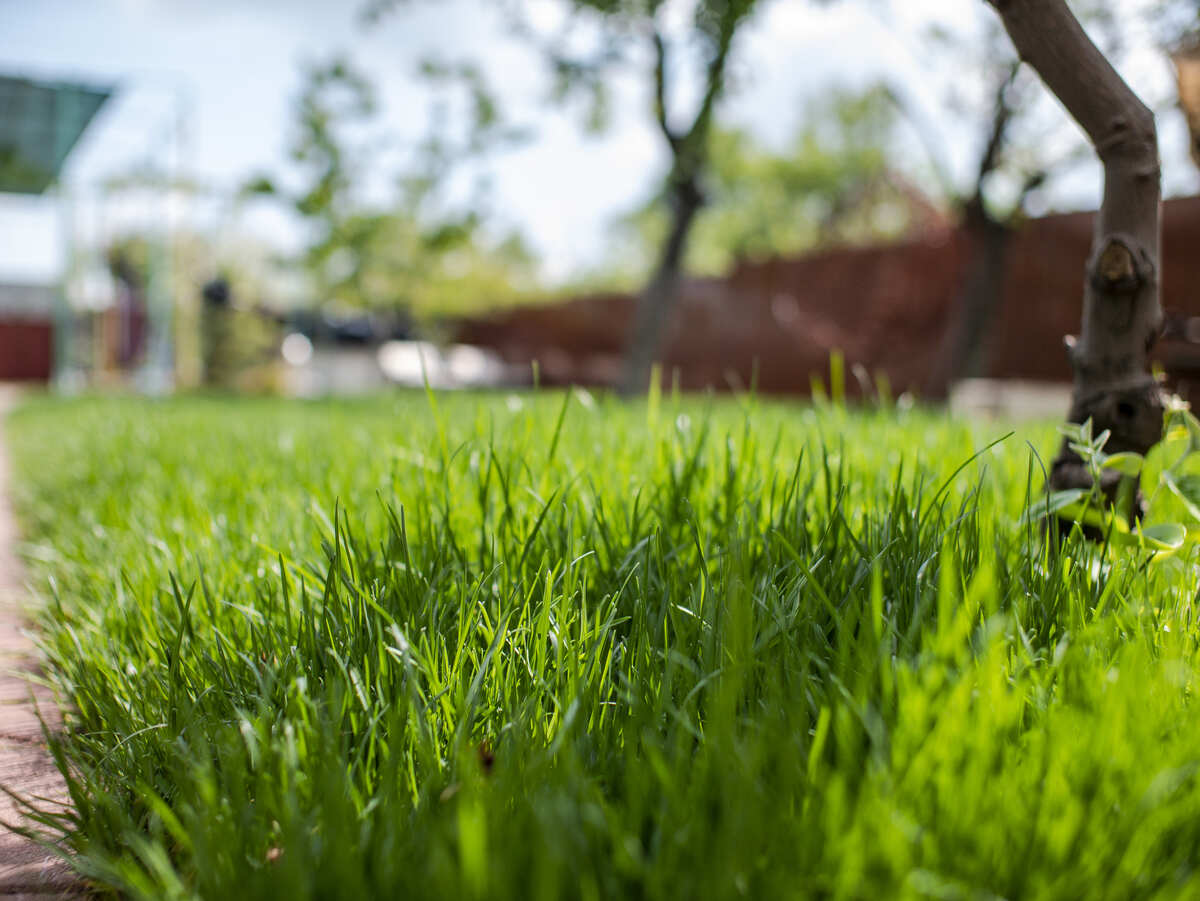
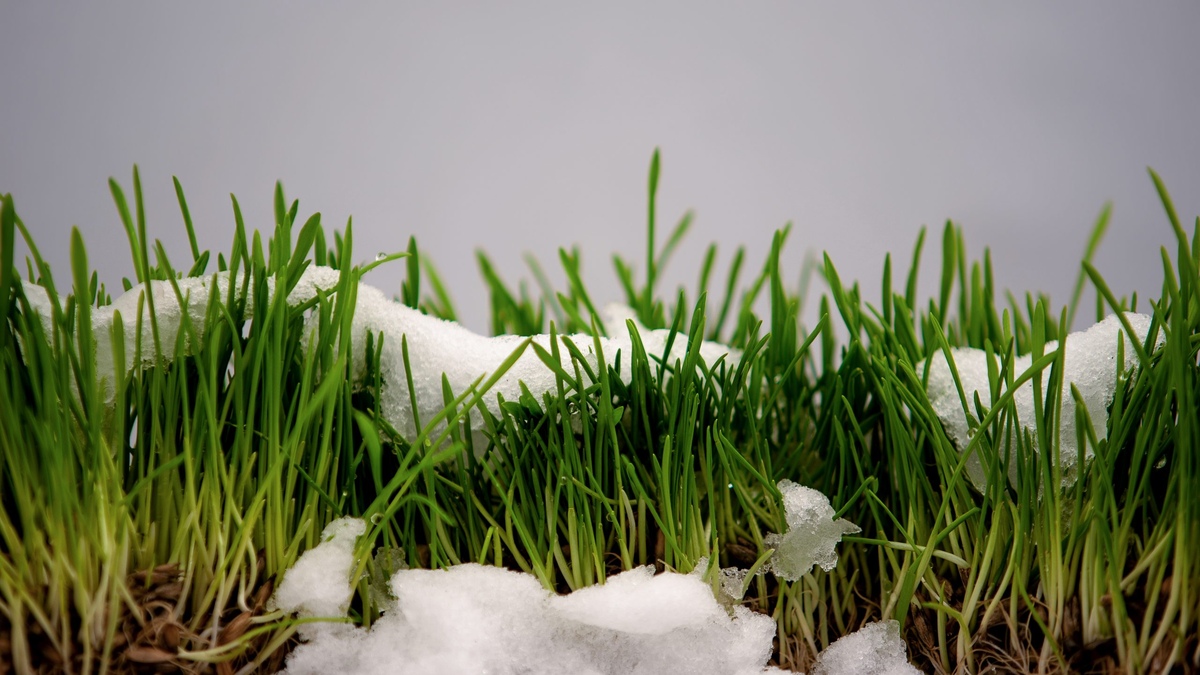
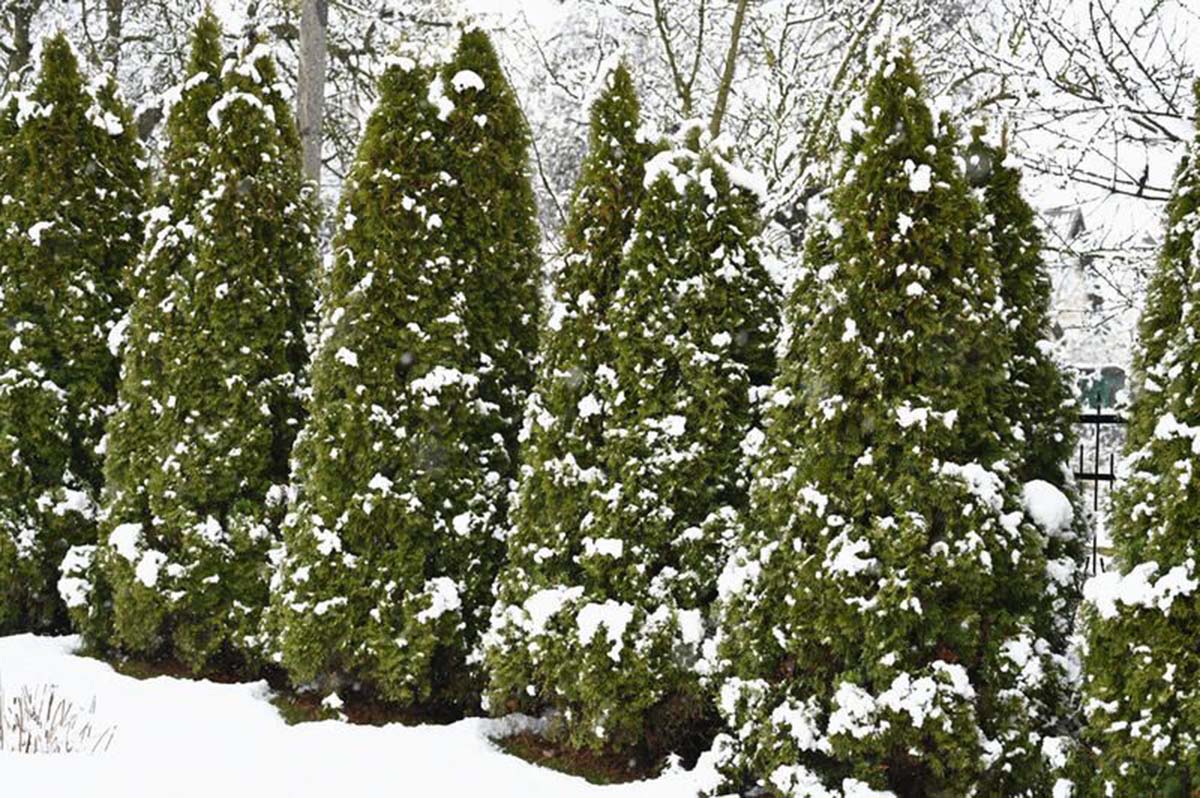
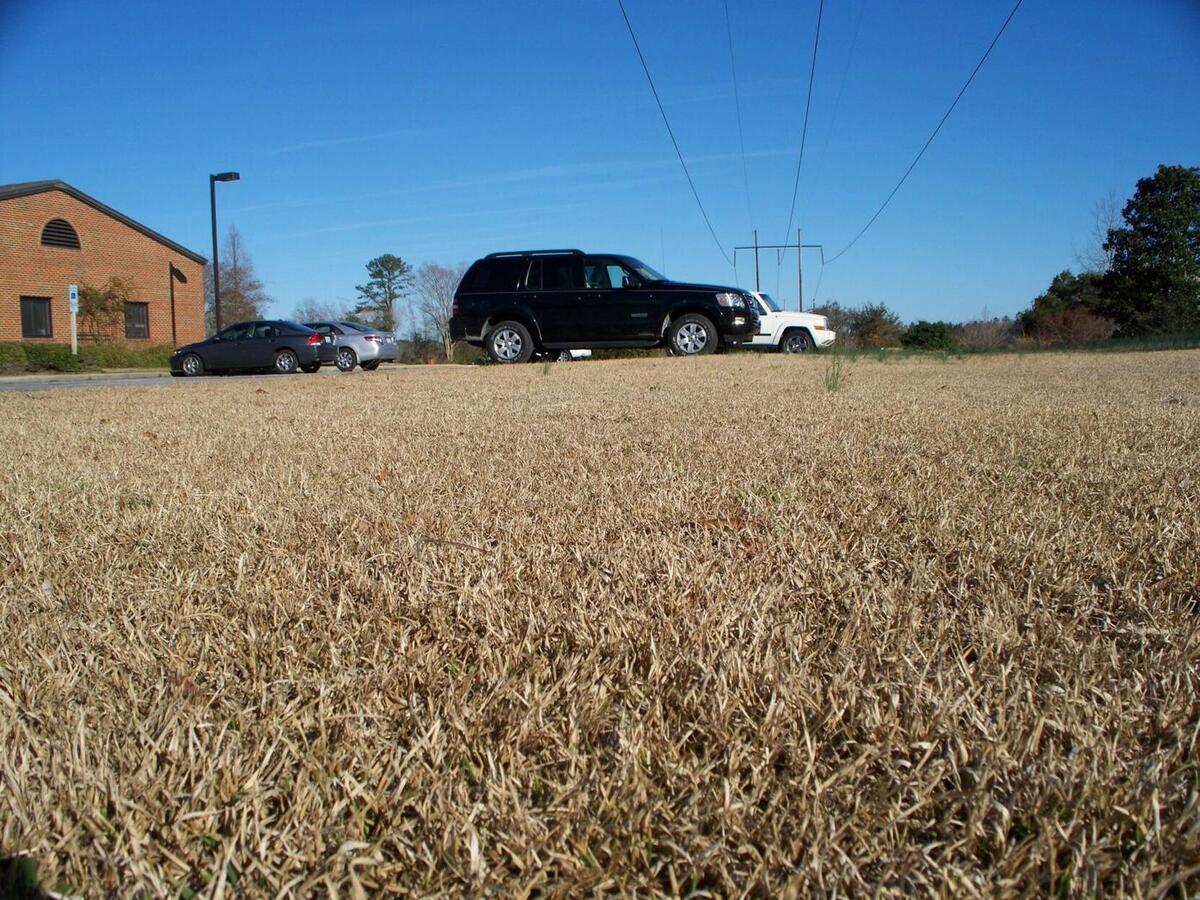


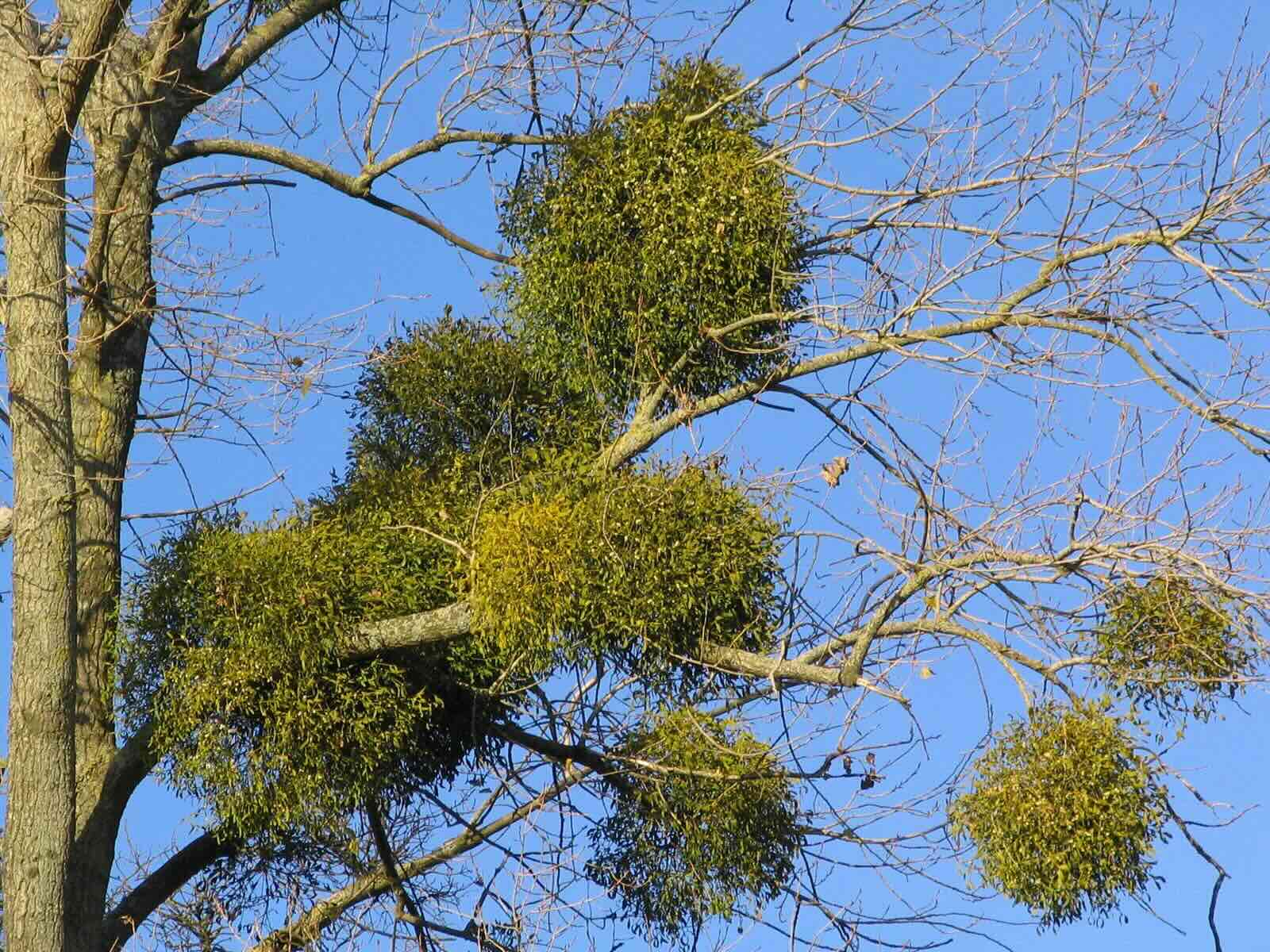



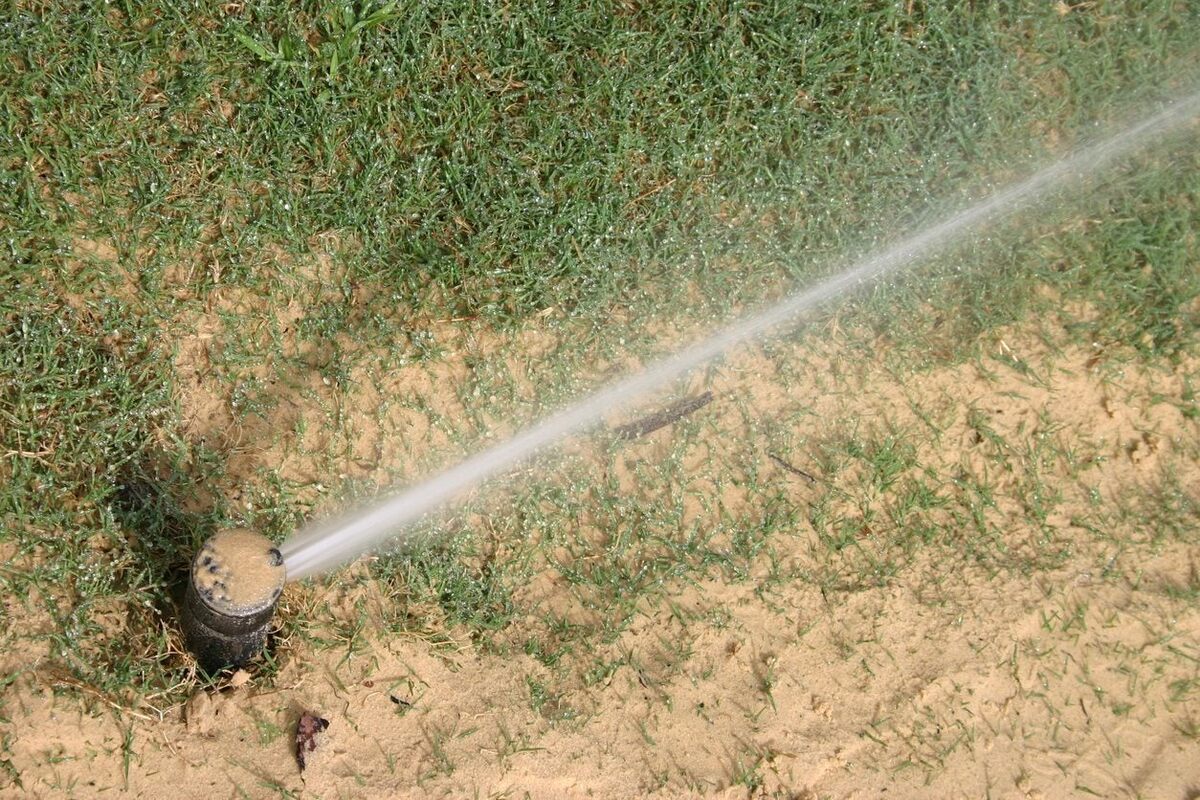
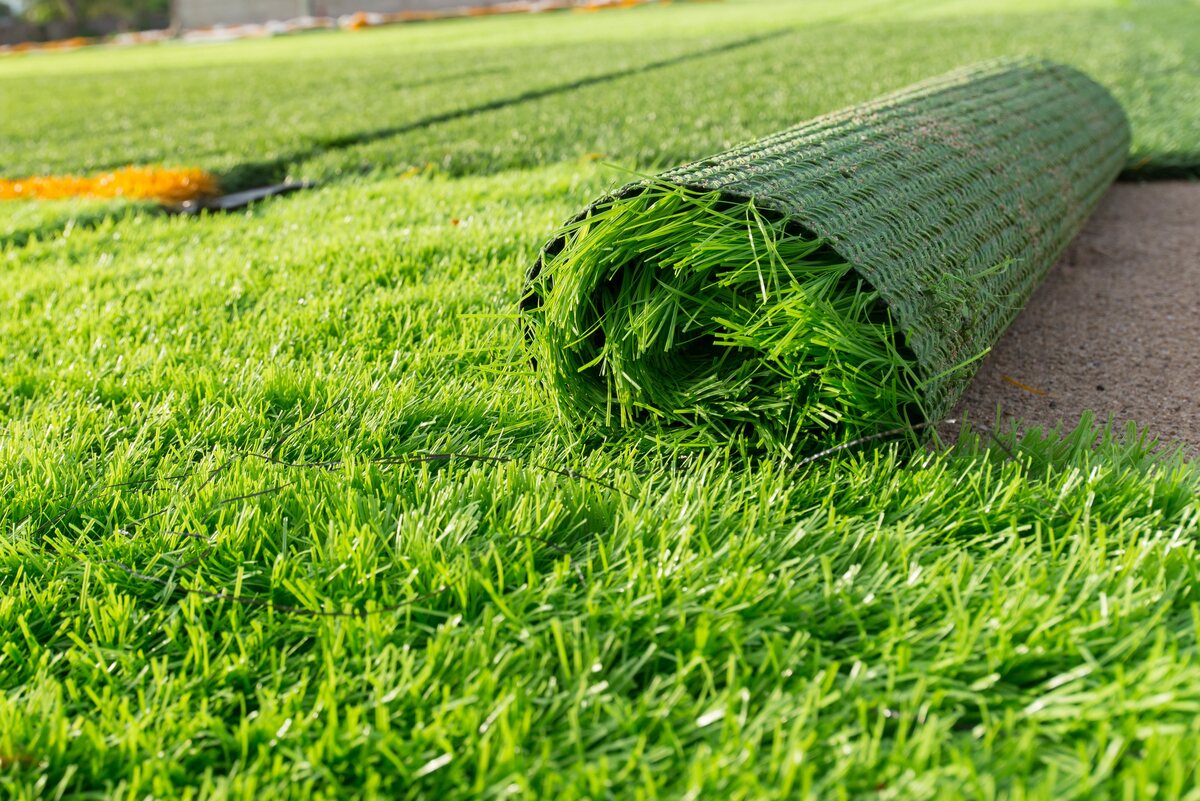
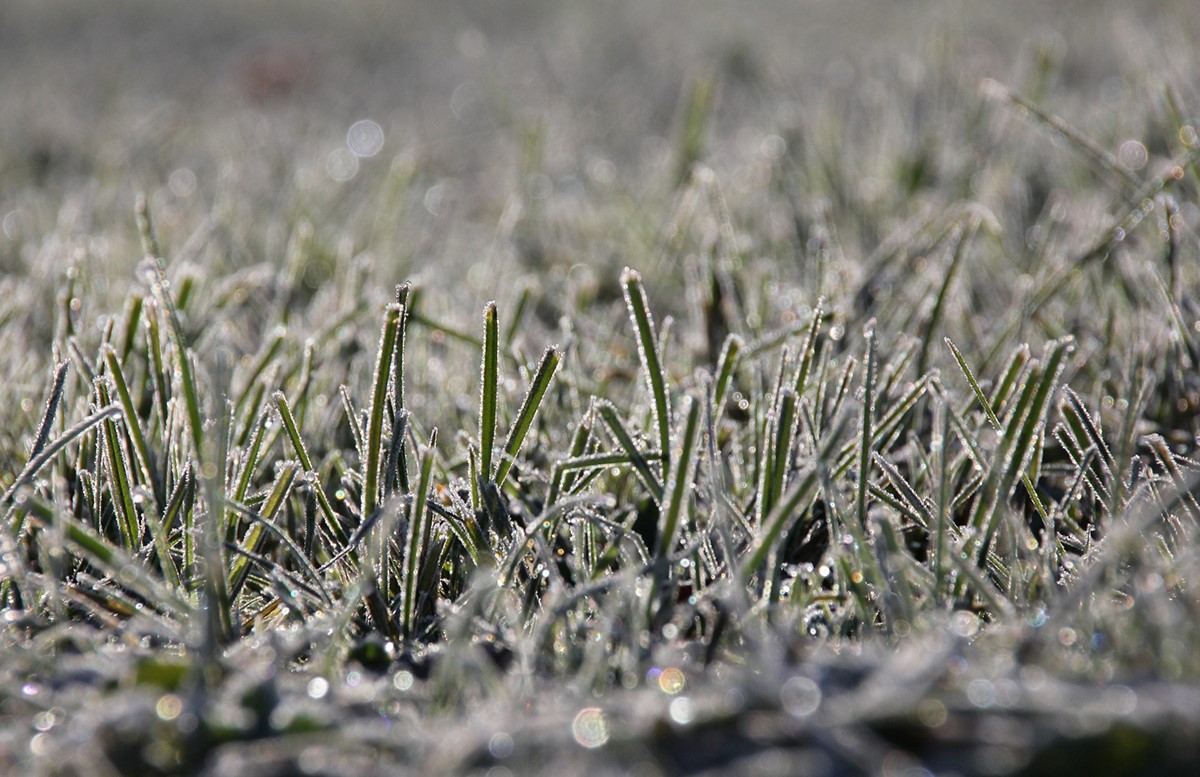


0 thoughts on “What To Put On Grass In Winter”